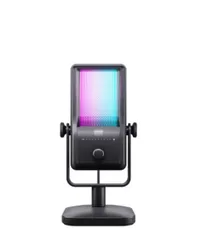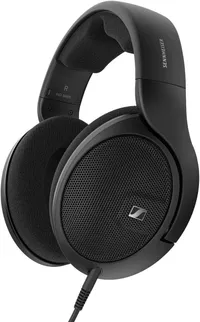I test headphones for a living — let me tell you why you need a pair of wired cans and a mic instead of your gaming headset
You'll get better sound — and less latency
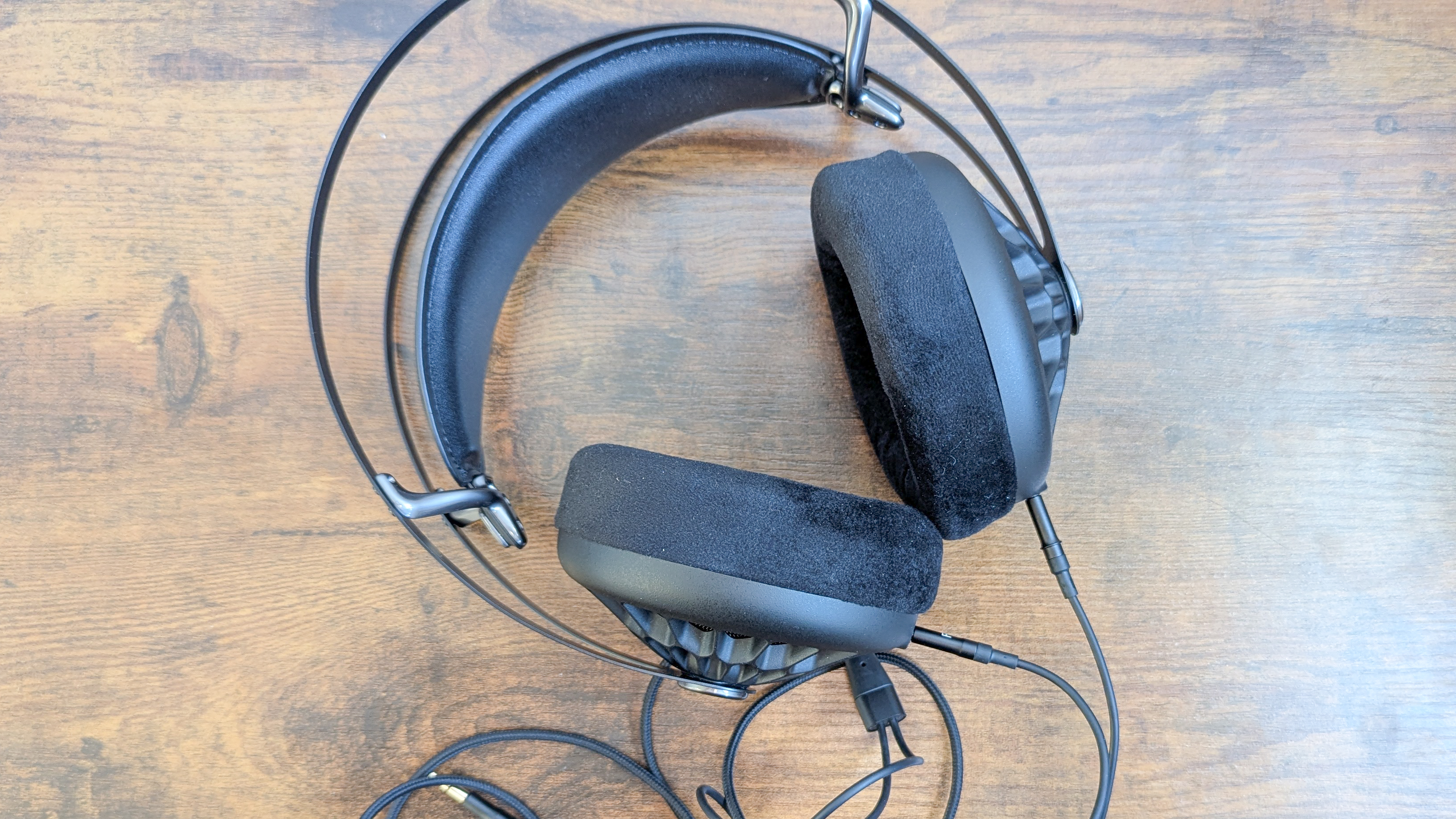
Before I go anywhere further, if you want something compact that doesn't take up space, then one of the best gaming headsets is still a great option. They're space-efficient and comfortable, generally all things you want when you go to play some "Call of the Duty" or "Battlefield Man 3, escape of the guy with a gun."
If, however, you're a connoisseur of all things audio and an avid gamer, I have a trick that not only negates latency but also improves the sound of your games — be that a split-second decision in an FPS, or a soaring score in an immersive RPG.
Ditch that bulky, wireless gaming headset, and throw that wired option with a mic attached into the garbage — who needs those, they're for chumps*. Grab yourself a pair of really good wired cans and one of the best microphones. You'll thank me later.
*Gaming headset owners aren't chumps, there's just a better life waiting for you beyond your Turtlebeach-flavored home
What you need to do
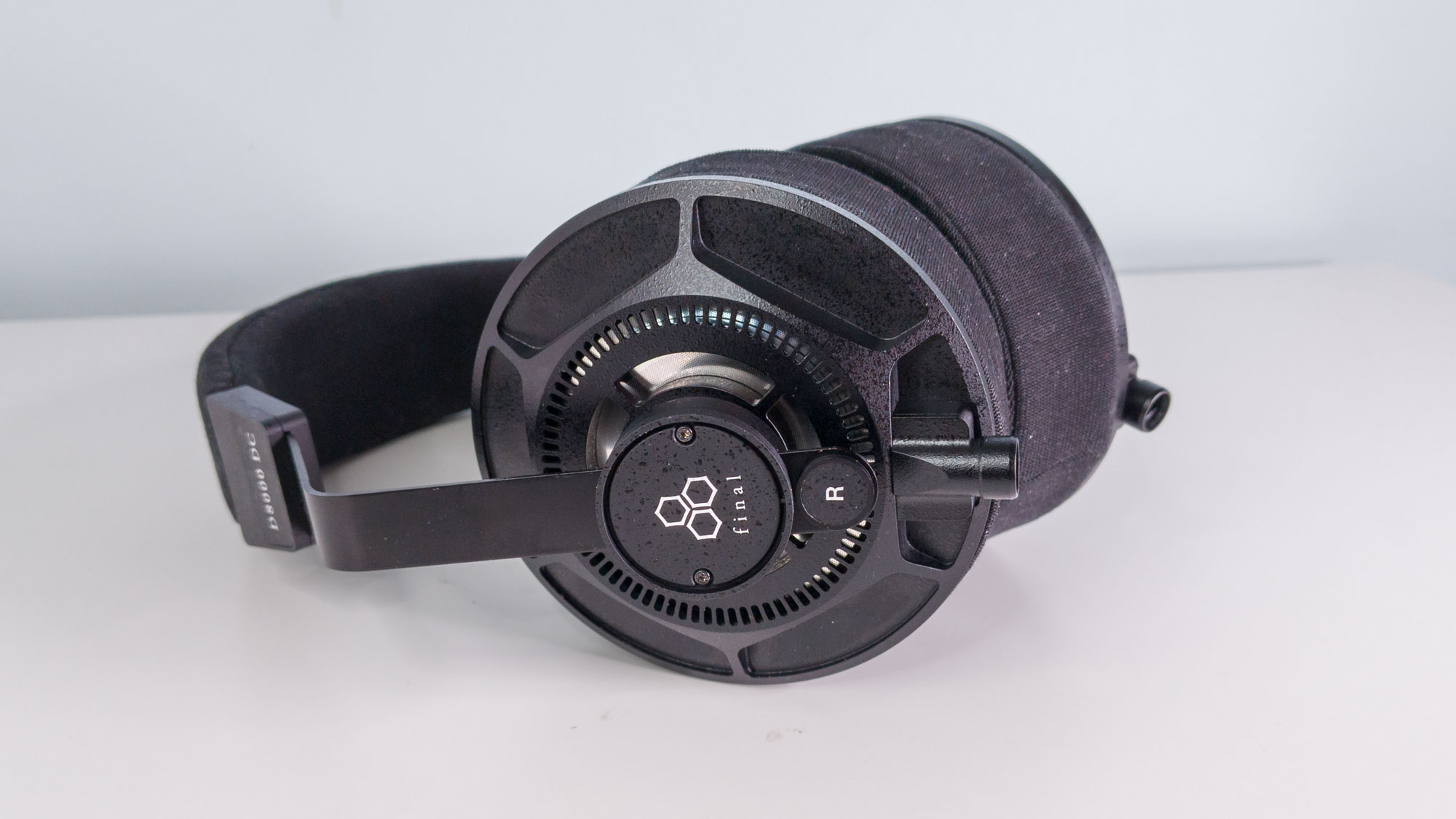
Good news! You don't need the mega-expensive (and mega-good) Final D8000 DC headphones you see above to get better sound out of your games. All you need is a pair of top-notch wired headphones, a 3.5mm socket on your PC, Xbox or PlayStation, and the first step is good to go.
This step will work with pretty much any system as well, although you'll need some kind of adapter for the PS5 or the Xbox Series X. Sorry, but no, you cannot use the 3.5mm headphone jack on the controller. It's ok. You'll get over it.
PC players, Steam Deck users and Switch fans have 3.5mm sockets built directly into their systems, so they don't need a dongle.
Get instant access to breaking news, the hottest reviews, great deals and helpful tips.
Perhaps you'd like even better sound — grab yourself a USB DAC that you can plug your headphones into, and connect that to your gaming system. This will negate the need for a dongle as well, which is always good. Xbox players will need to rely on the optical port on the back of the system.
You could even go one step further — grab yourself a USB headphone amplifier so that you can use the really premium headphones. That's getting costly, but you'll get the best sound possible from your system.
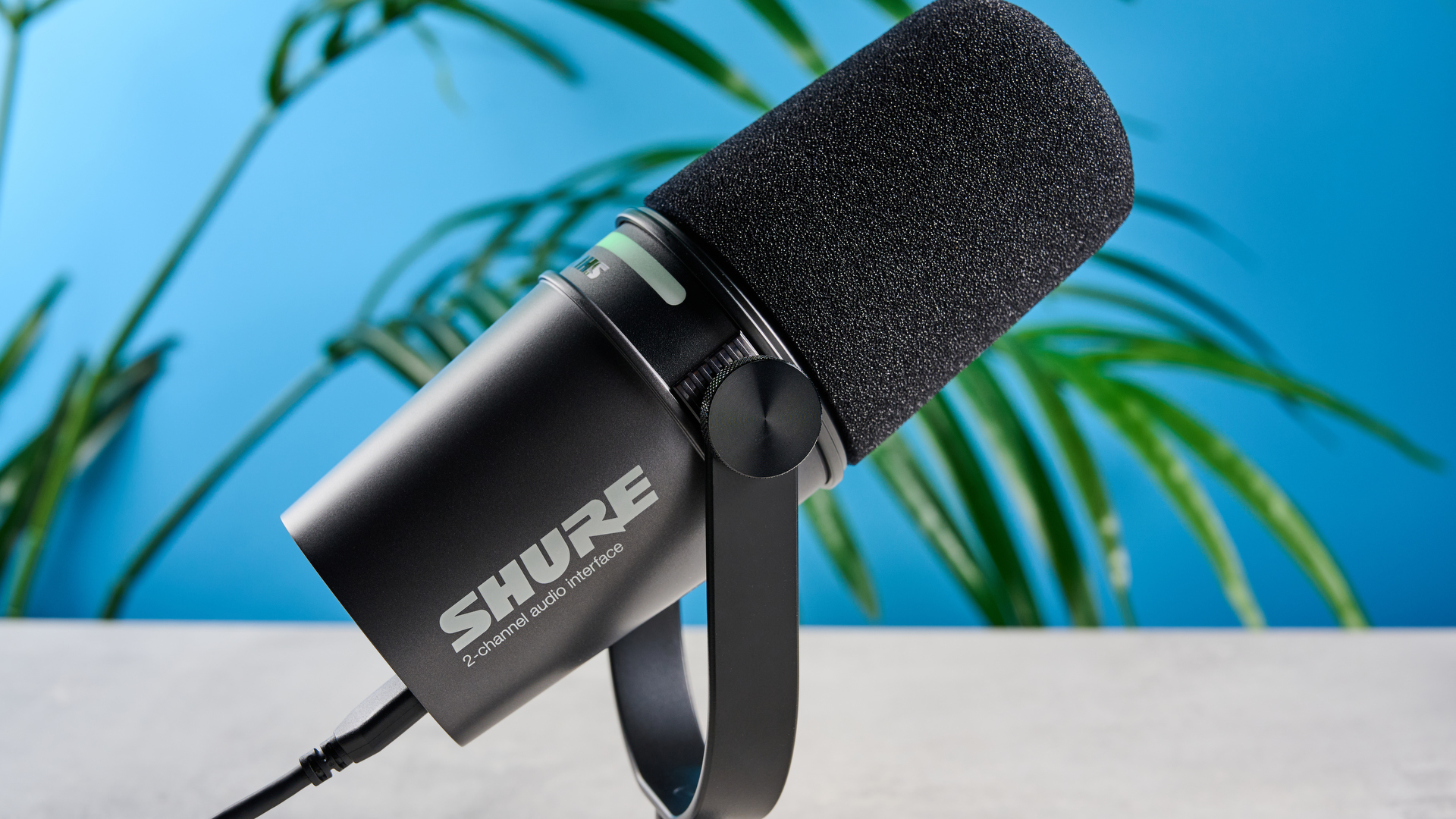
Ok, so we've sorted out the headphone portion of the gaming headset replacement, but what about the handy dandy mic? Easy peasy — grab yourself one of the USB variants of the best microphones, and you're away.
Just plug it into one of the USB ports on your PC or PlayStation, and you'll be chatting with your friends in HD before you can say "Ruh roh guys, I think there's a g-g-g-ghost!"
Switch users are actually surprisingly well served by the system's built-in mic for on-the-go gaming, but when you sit in front of the TV and pop it in the dock, you'll have no problem plugging a mic into one of the USB sockets on the dock itself.
Put your microphone near your face, slide your headphones on your head, and you and your friends are in for a much better night of gaming than when you used that gaming headset.
Bad news for Xbox players, though. As a reminder that Microsoft hates you, you can't plug a USB microphone into your system. If in doubt, buy a PlayStation.
I heard gamers like RGB, so I chose a mic with some of those lovely, flashy lights. This relatively cheap mic sounds excellent for voice, and thanks to its helpful stand you'll have no problem getting it near your mouth. Job done.
This pair of entry-level open-backed headphones is perfect for gaming. They're super wide sounding, and their spatial imaging means you'll hear your foes approaching before they've got a chance to put a round in the back of your noggin.
What's the point?
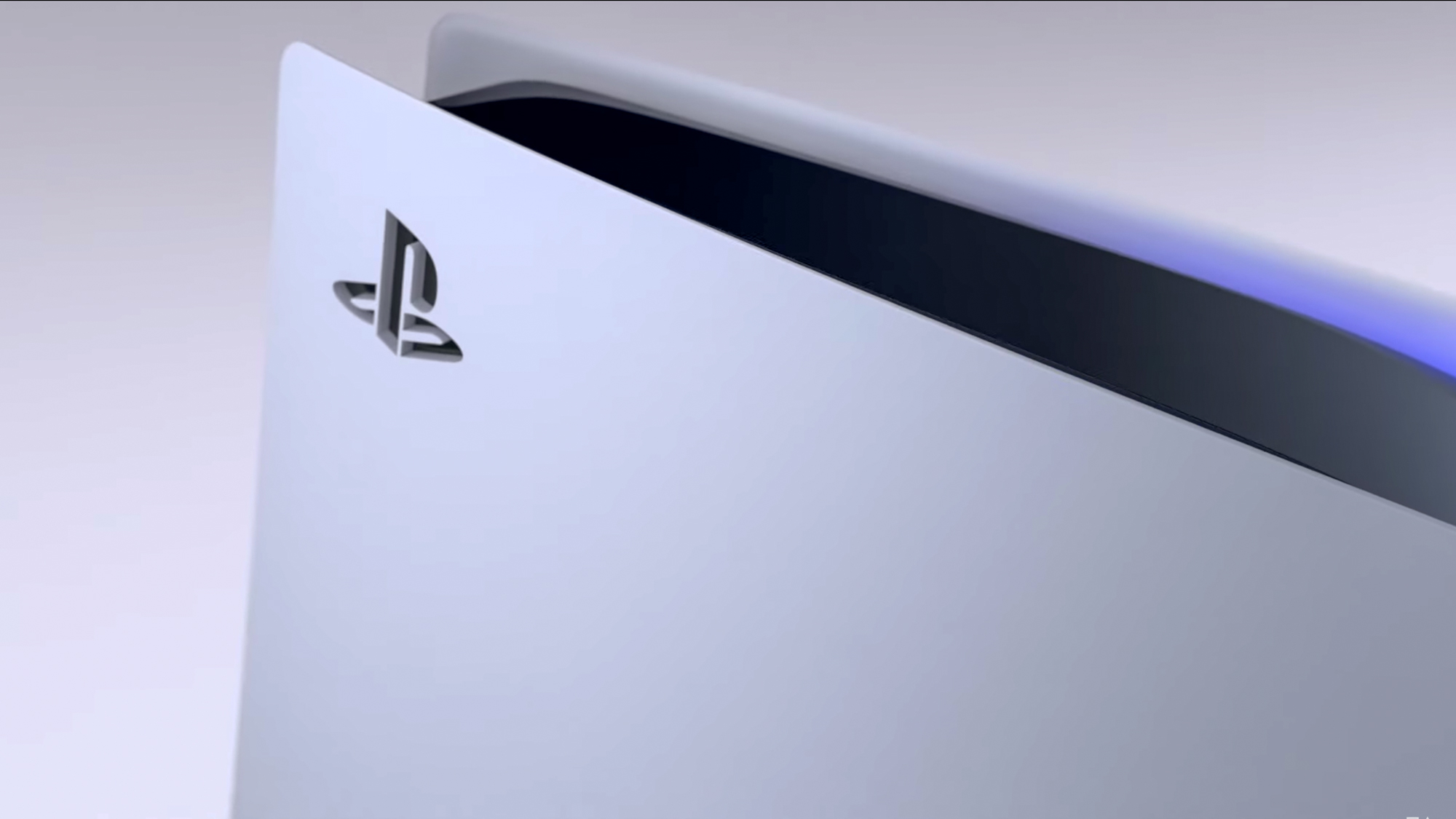
Gaming headsets are great, don't get me wrong. My faithful Audeze Maxwell is a great piece of kit that sounds good, and provides a good microphone to make sure that my friends can hear me bellow about the annoying try hard on one of those stupid flying bike things in GTA online.
But they are still, in many ways, limited. They have too many jobs, and firms have started filling them with all kinds of wizz-bang wizardry to make them sound better for games. Spatial audio things, footstep amplifiers, quantum doohickeys that reveal where players are behind a wall.
All that comes at a cost, especially with the wireless variants — latency. When you need to hear things instantly, so that you can counteract, the wireless connection can leave just enough time between trigger pull and noise that things become problematic.
Use a cable, and simplify things down to "this is a pair of headphones, they maketh sound" and all that latency trickles down the drain like yesterday's spaghetti sauce.
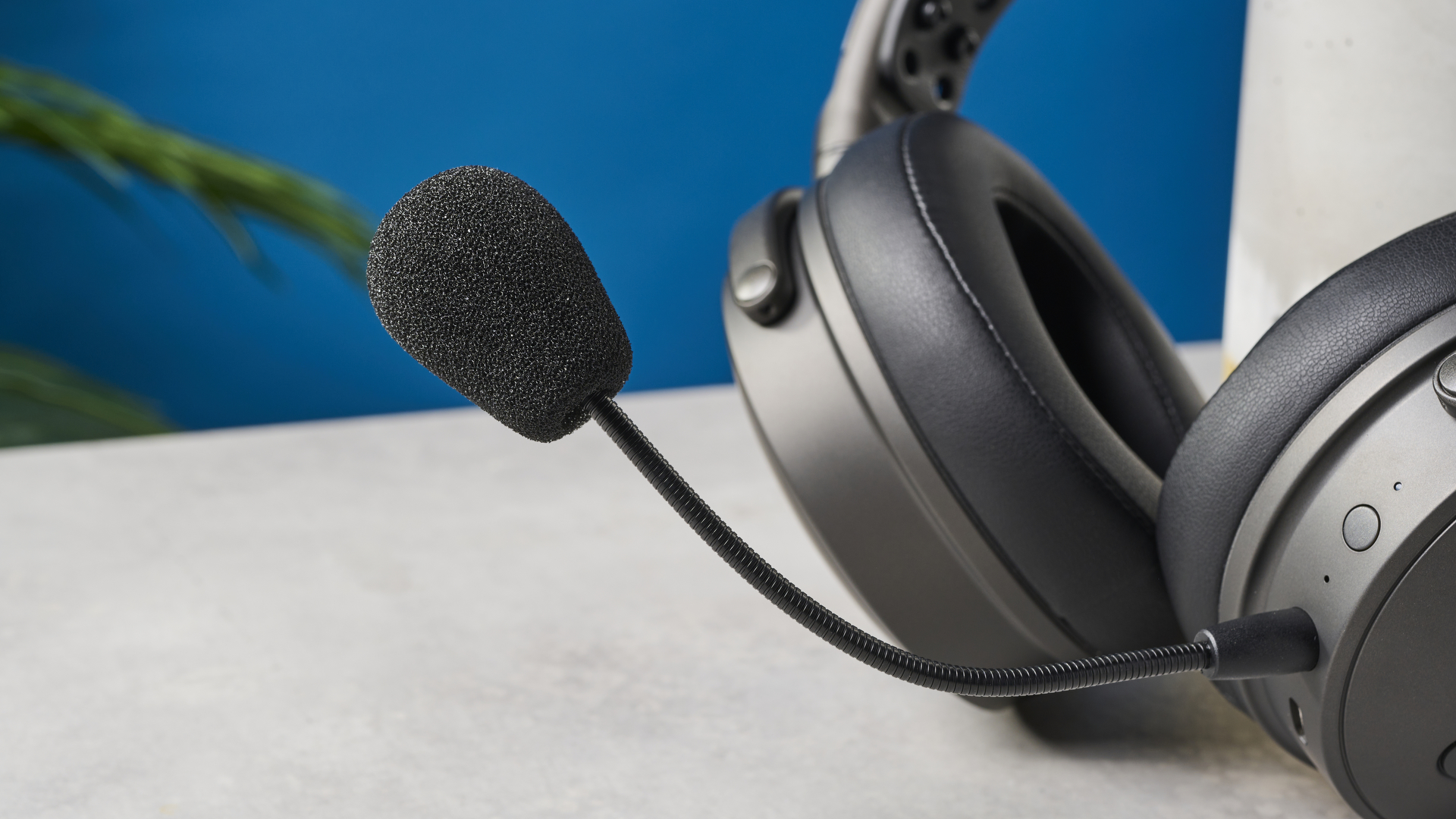
Then there's a mic. Your gaming headset is using one connection — be that Bluetooth or another wireless standard, thanks to a little USB dongle — and there's a lot of information for it to handle. The sound of the game itself, whatever extra jazzy audio features you're using, and then the sound of the mic.
There's not really any such thing as a "good-sounding" wireless gaming headset microphone." There are those that sound fine, and those that sound bad, but nothing that sounds good.
But you can sound excellent while playing your games. A USB microphone reduces latency again, but the cable is also capable of carrying a much better audio signal to your PC or PlayStation. You'll never be clearer crying in shock as you meet another gun-wielding digital sociopath wheeling around a corner at top speed.
The obvious drawbacks

No. 1 concern here is going to be space. That USB mic is going to take up a whole lot more room, and you'll need a decent stand to make sure that it sits next to your face-mounted noise maker. Those are not only an extra expense, but also something you need to think about when you sit down for a nice relaxing session of "Virtual Crime Committer 3."
PC gamers and their fancy gaming desks/stack of college textbooks and a deck chair are going to have less of a problem here, given they've got something to strap the mic to. Couch-based players might struggle, but where there's a will, there is a way. Move the coffee table closer, and clamp it to that. Or find a younger sibling to hold it, with the empty promise of a go on the PlayStation.
PC players are also not going to have a problem with the length of the wires either, whereas living room players definitely will. There are plenty of ways to make a cable longer, thankfully, with headphone cable extenders easily accessible. There'll be a cable draped across the floor in the form of a braided/rubber trip hazard, another thing worth bearing in mind.
It's all worth it
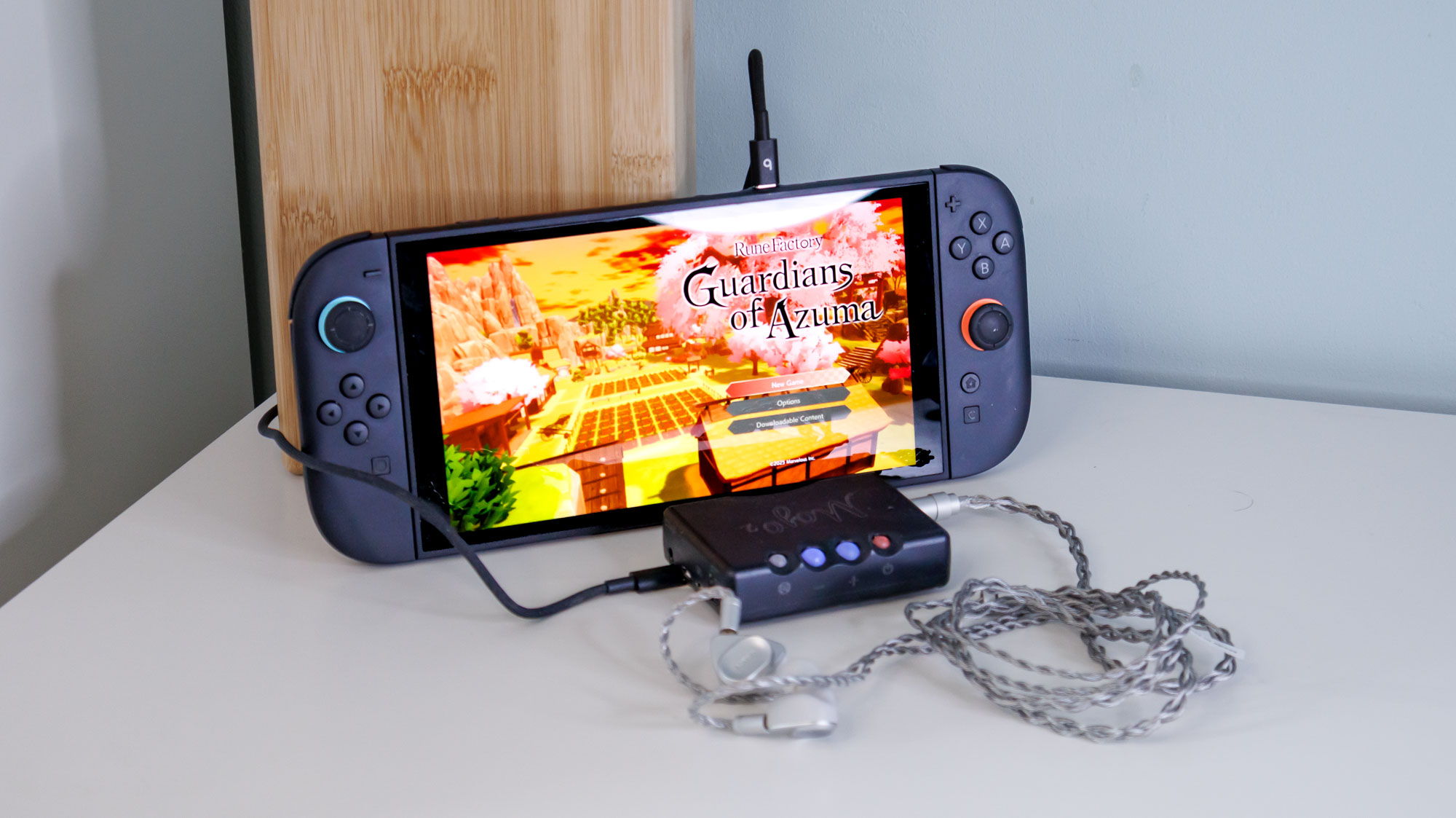
Look, I know it's more of a pain than using a gaming headset, but the sound and latency gains are well worth the space, time and monetary investment. I refuse to play my Switch 2 without my USB DAC now, and the only way to play cinematic games on my PS5 Pro is with a pair of over-ear headphones.
Just don't go the opposite direction. No, your best ANC headphones are not going to be a great way to play your games, no matter how many gaming modes manufacturers put in them. Don't do it. No, don't you press that button...
Follow Tom's Guide on Google News to get our up-to-date news, how-tos, and reviews in your feeds. Make sure to click the Follow button.
More from Tom's Guide
- 5 best psychological thriller movies to stream on Netflix
- Tom's Guide Awards 2025: All the big winners across 12 categories from phones to homes
- I just tested these HiFi ANC headphones, and they’re my new favorites for under $300

Tammy and her generous collection of headphones have found a new home — Tom's Guide! After a two-and-a-half-year stint as iMore's resident audiophile, Tammy's reviews and buying guide expertise have more focus than ever on Tom's Guide, helping buyers find the audio gear that works best for them. Tammy has worked with some of the most desirable audio brands on the planet in her time writing about headphones, speakers, and more, bringing a consumer focussed approach to critique and buying advice. Away from her desk, you'll probably find her in the countryside writing (extremely bad) poetry, or putting her screenwriting Masters to good use creating screenplays that'll never see the light of day.
You must confirm your public display name before commenting
Please logout and then login again, you will then be prompted to enter your display name.
